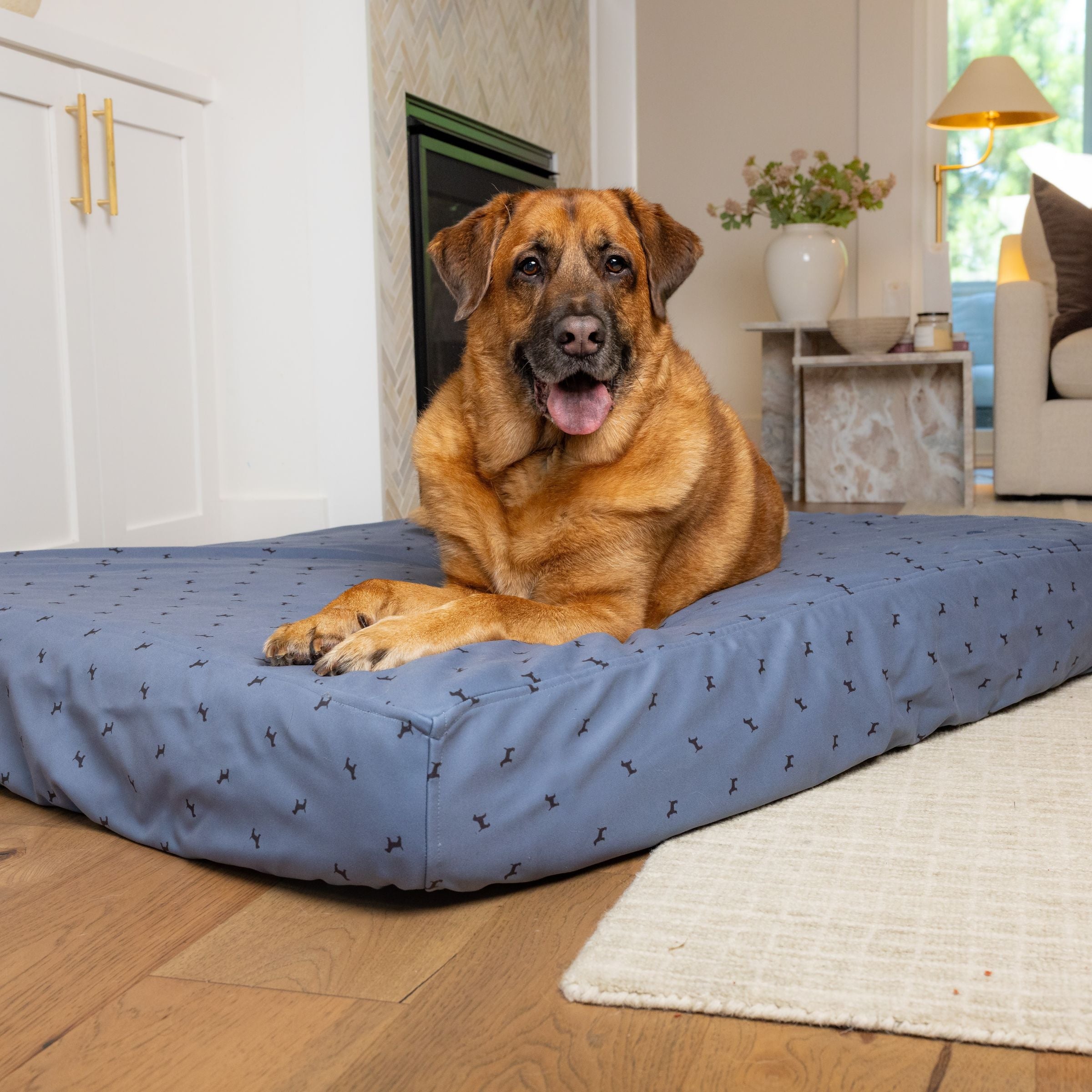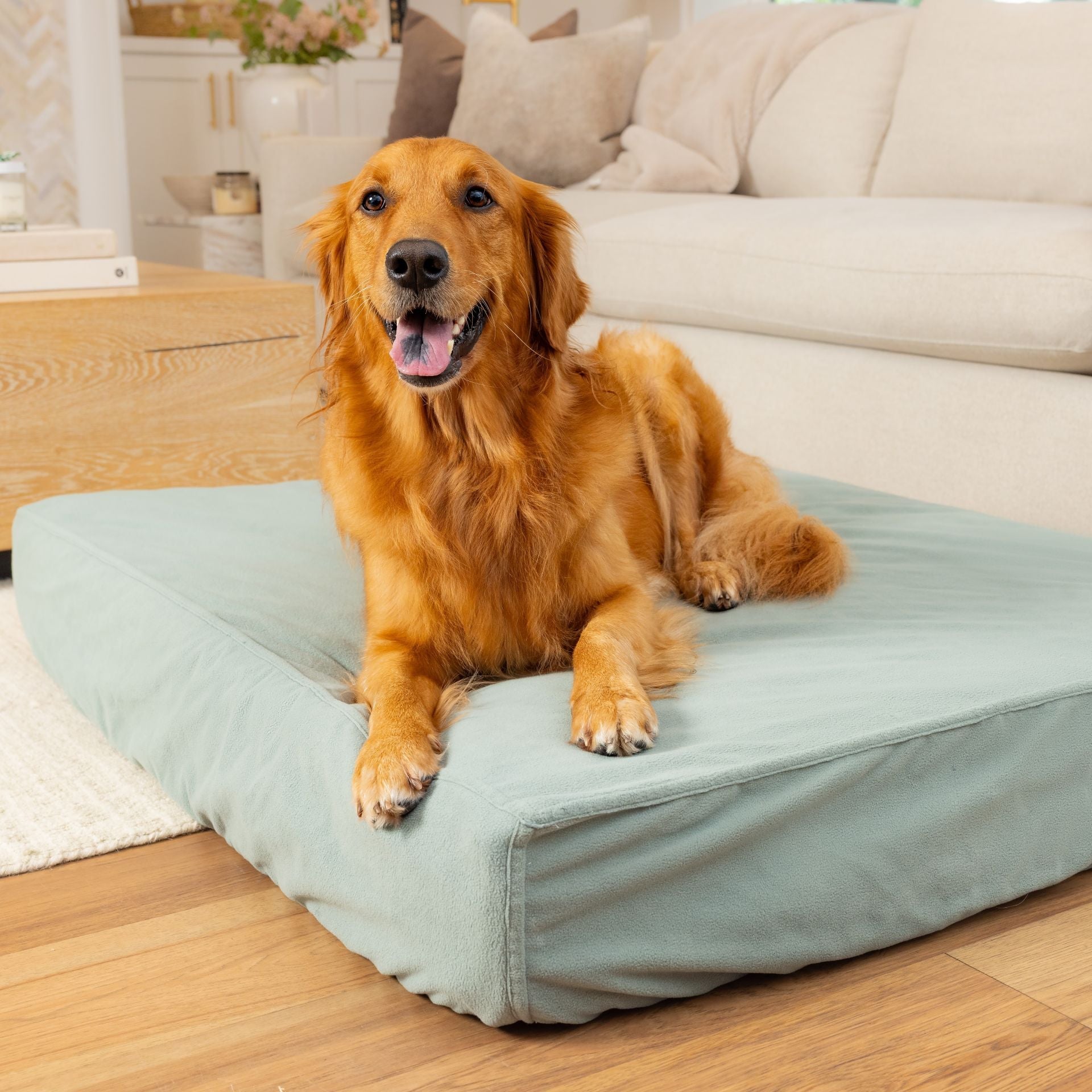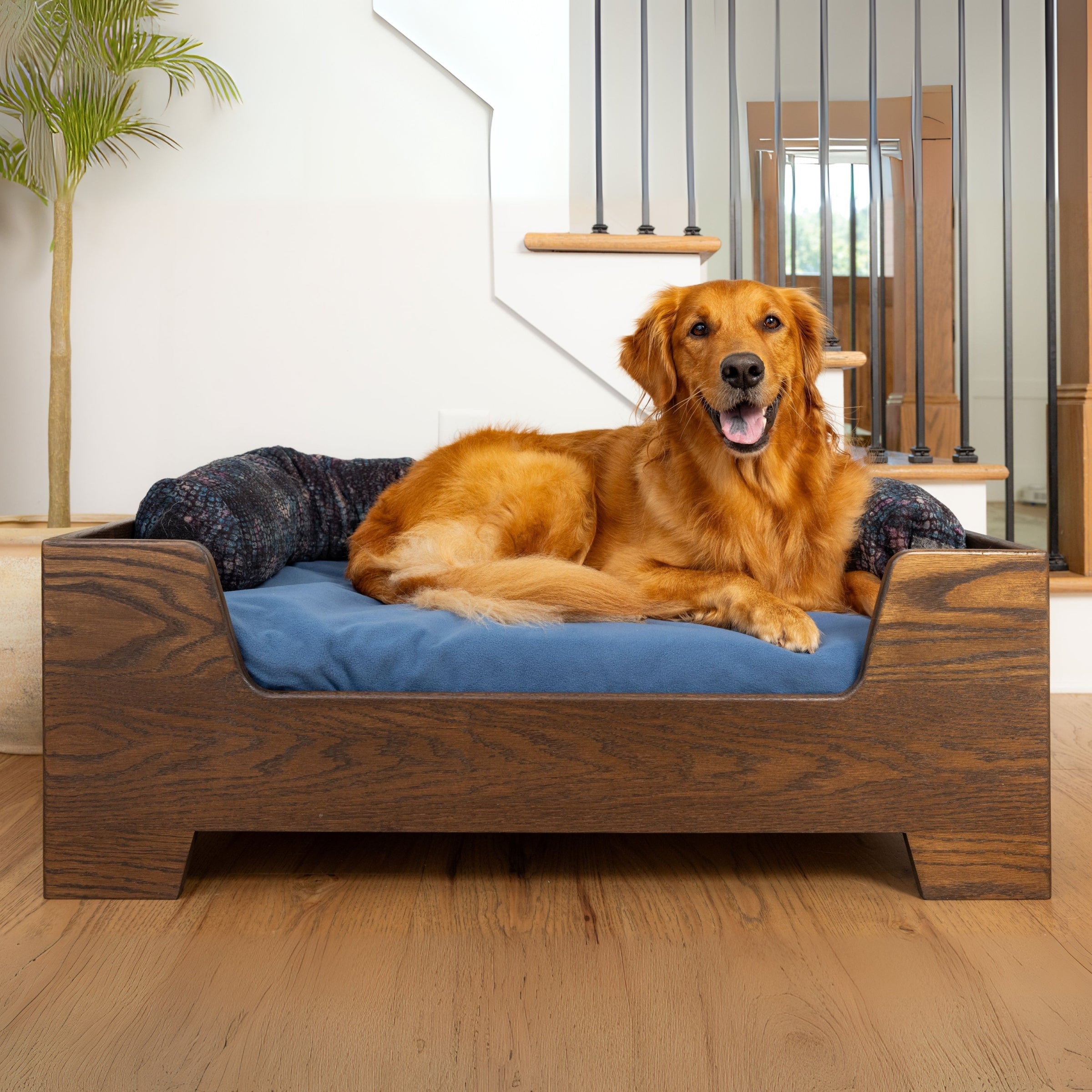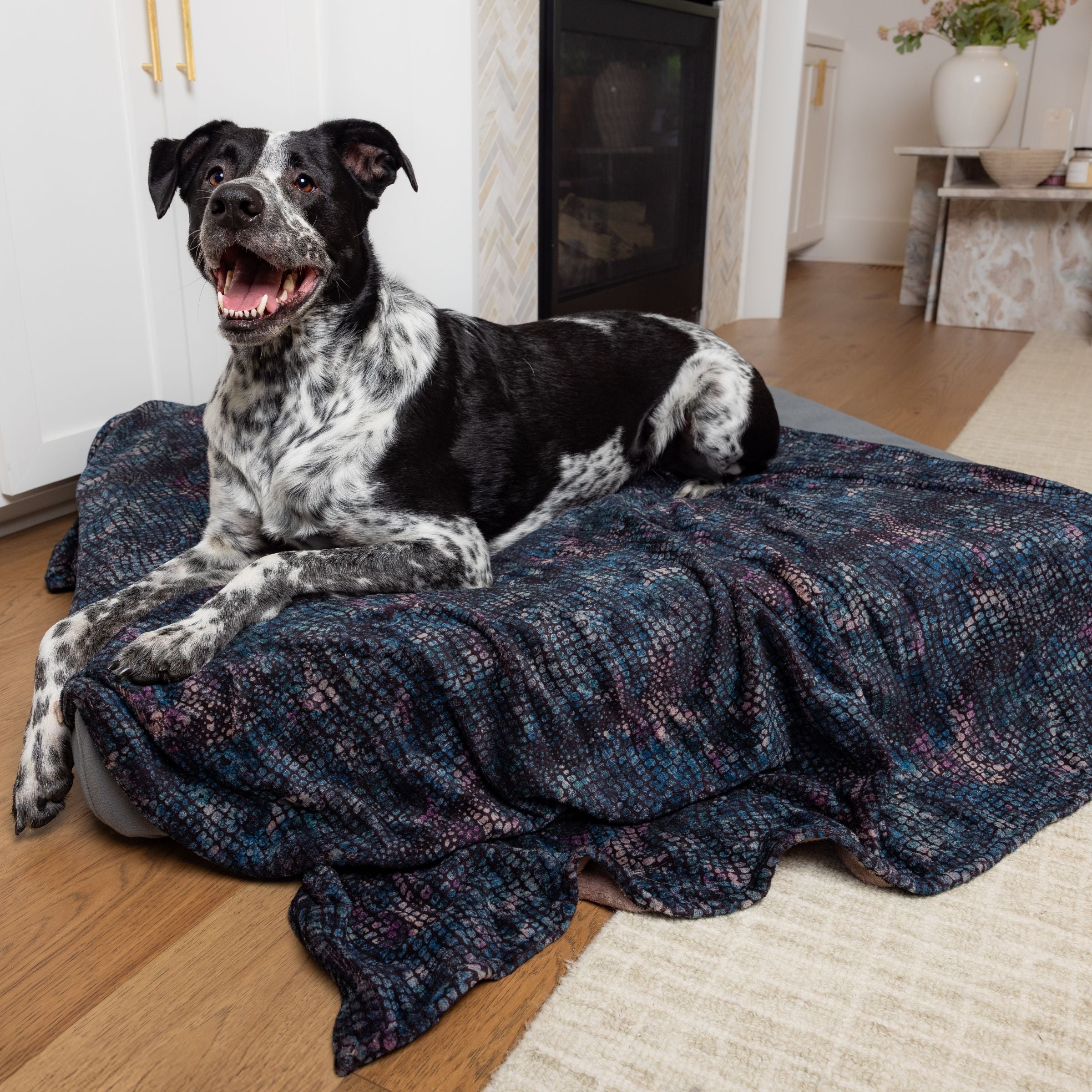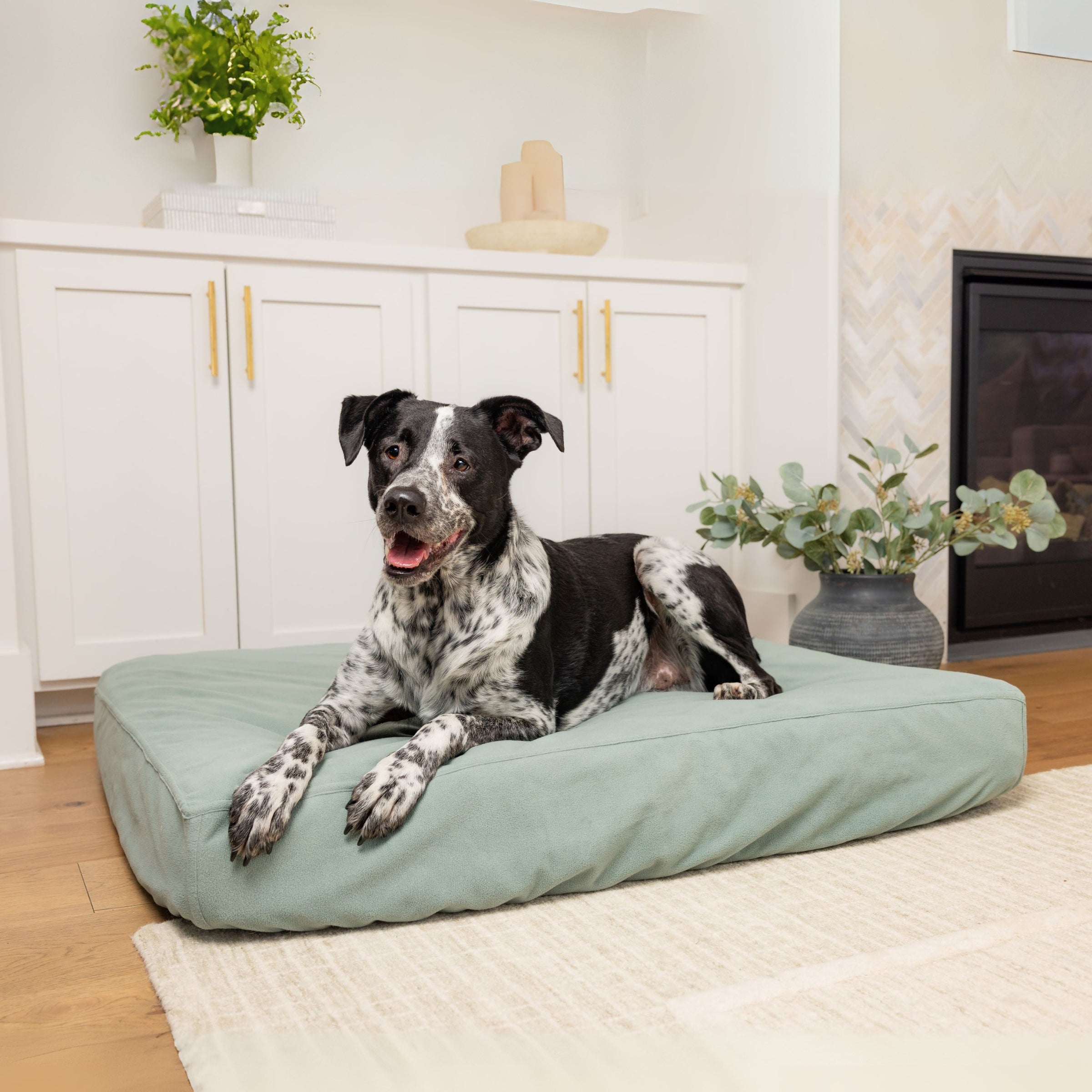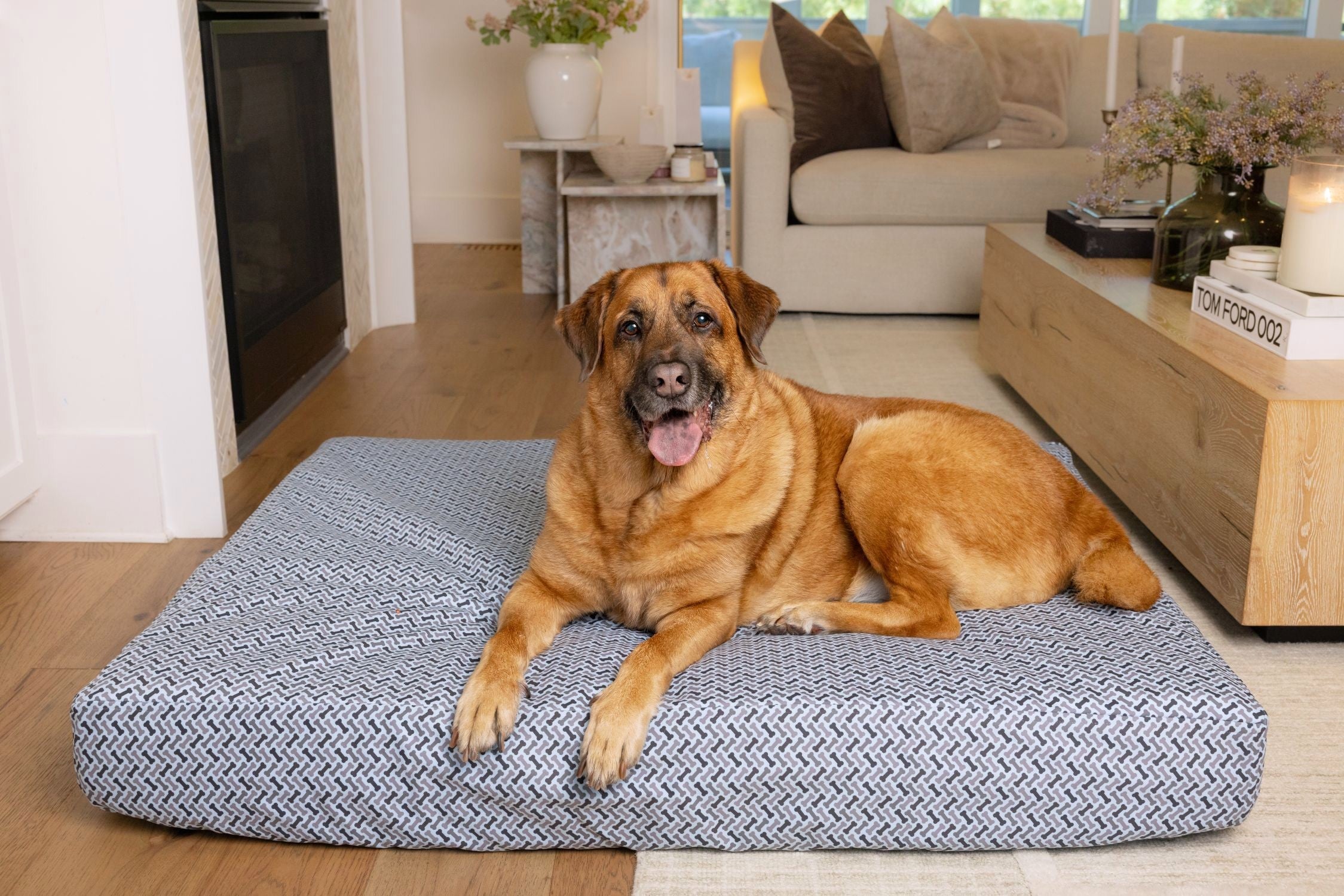Our best sellers


The Science of Sleep
A revolution in pet sleep products
Blue Toby products are designed by an animal behavior scientist, combining expert insight with luxurious comfort to support the needs of your pets.
Features of our beds:
- The Mattress cushion is thicker and wider than other brands, created with a soft convoluted topper for exquisite comfort and airflow and a firm support layer.
- The Mattress cover is made of tough, high quality upholstery fabric for years of use.
- All beds include a reversible and waterproof Slipcover, offering an extra thick and cozy layer of protection. It comes in a variety of colors and prints and is simple to remove for washing.
Blue Toby also offers coordinating sleep accessories to outfit the bed to meet your pet's needs. All of our products are backed by unbeatable warrantees and personal service.
The power to change the world is in your hands. Shop with purpose. 🌎

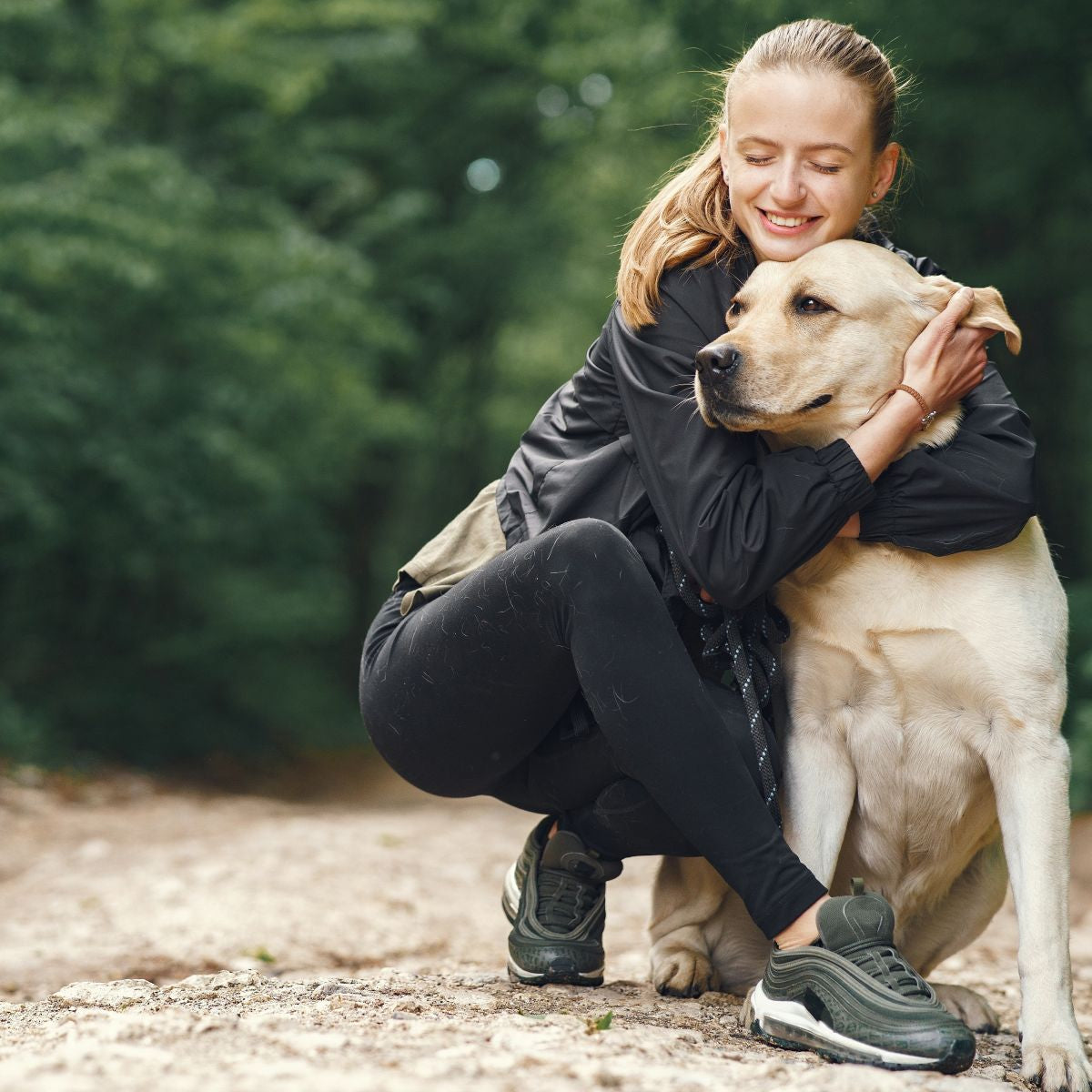
What we do
The power of good - multiplied
Our innovative products and business practices are crafted with layers of positive impact—a philosophy that goes beyond the basics to benefit pets and their people, preserve the environment, and help animals in need.

Our Why
Creating a better World
Blue Toby was built on the concept of a circular economy. where materials never become waste and nature is regenerated.
Sustainability
Social Impact
Giving Back
Your purchase helps support conservation and animal welfare initiatives, like our gifts of bedding for special needs dogs.
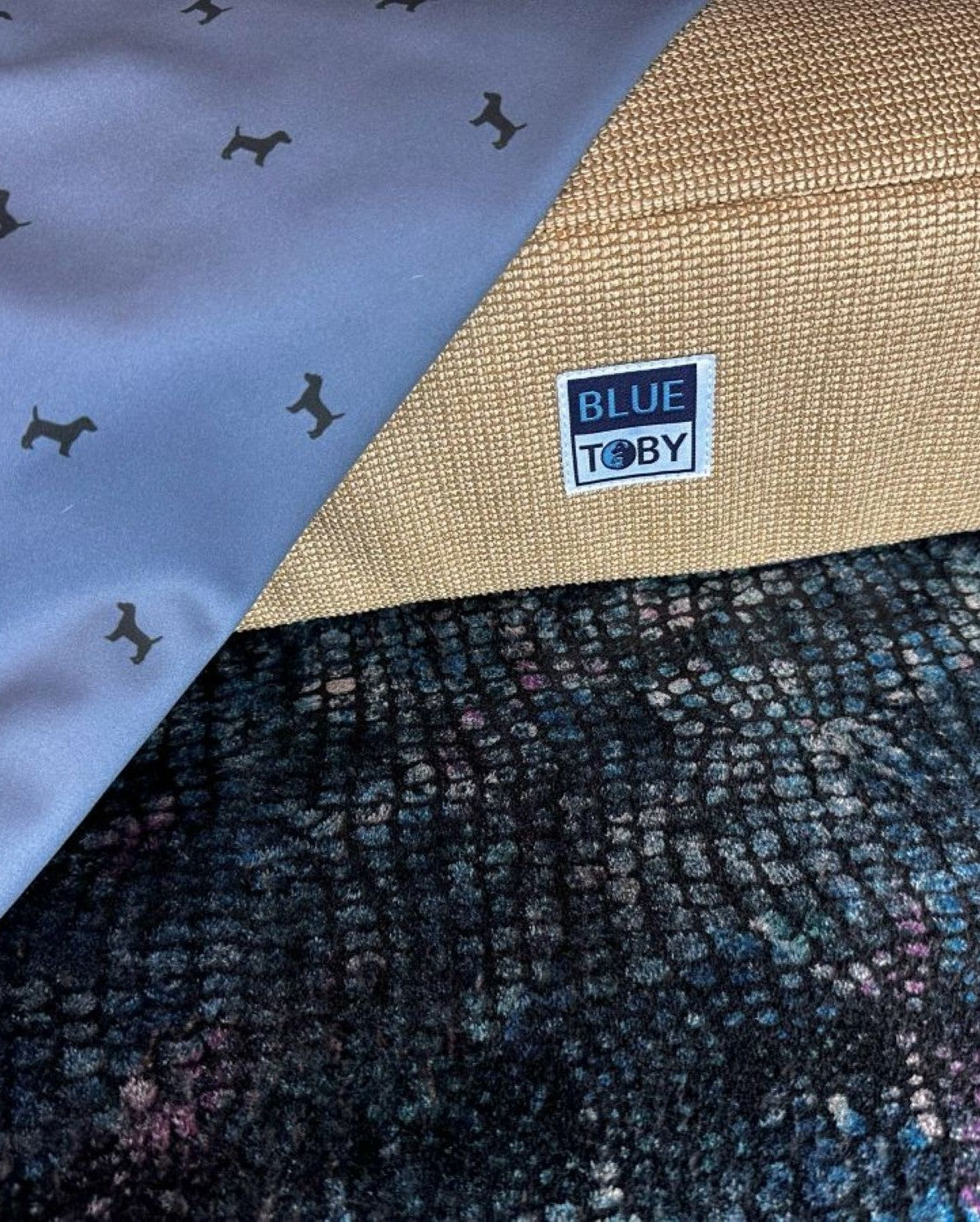

Handcrafted
A lifetime of love
Luxury signifies enduring quality. Our passion for excellence shines through in every product. We believe that taking the time to craft each item with care results in products that are not only beautiful but also durable and safe for your pet. It’s quality you can see, feel, and trust.
Every fabric selection and every stich - made in North Carolina with the best fabrics from around the world.
Shop the Look
Beyond your wildest dreams
Create a bed that matches your style
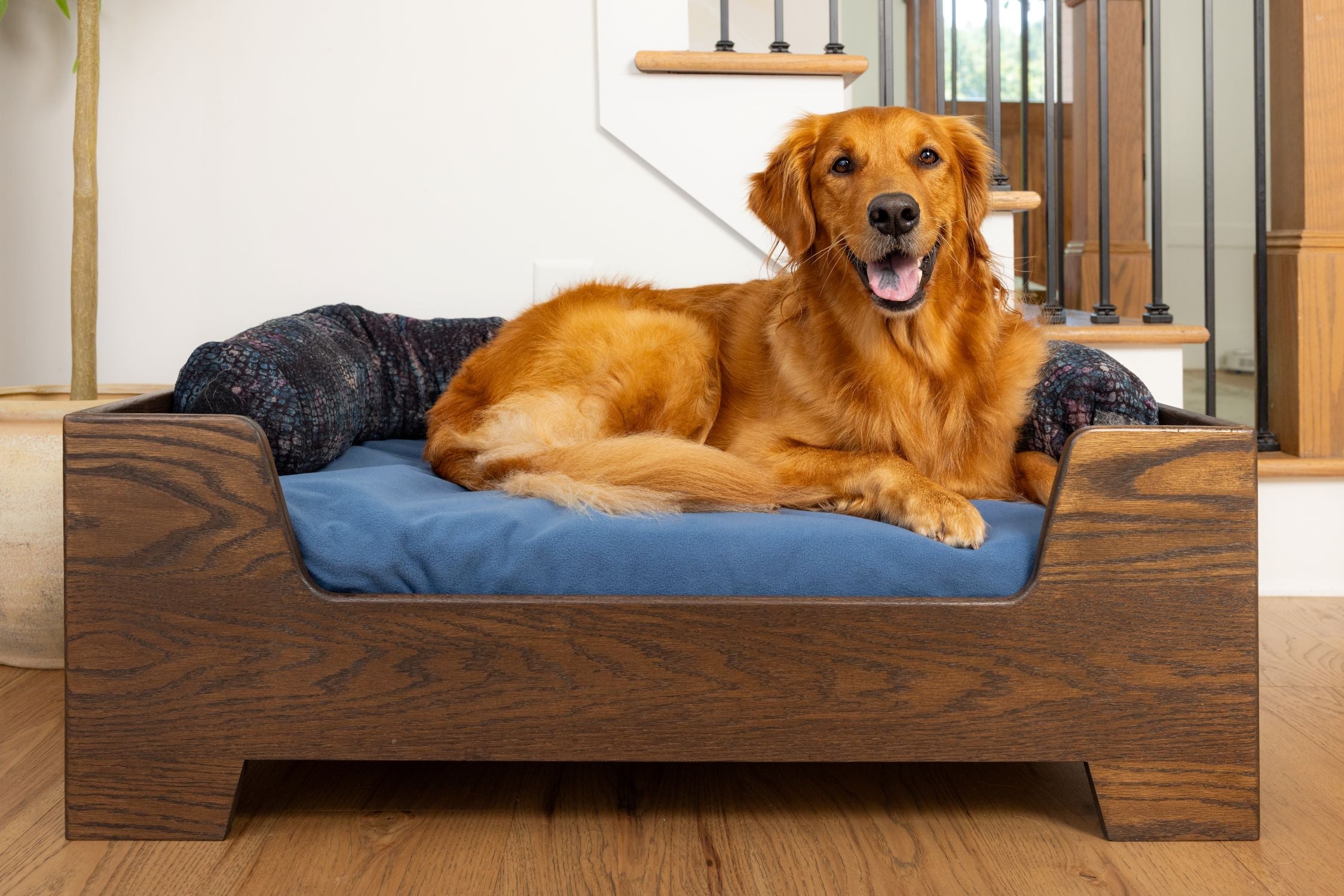
Shop the look

We love our customers!
What people are saying
"Our dogs are still greatly enjoying theirs! It has held up extremely well, even with our Great Danes using it 24/7! We have had many dog beds before I purchased the Blue Toby from your company, and my wife and I both agree nothing has compared. 😊"
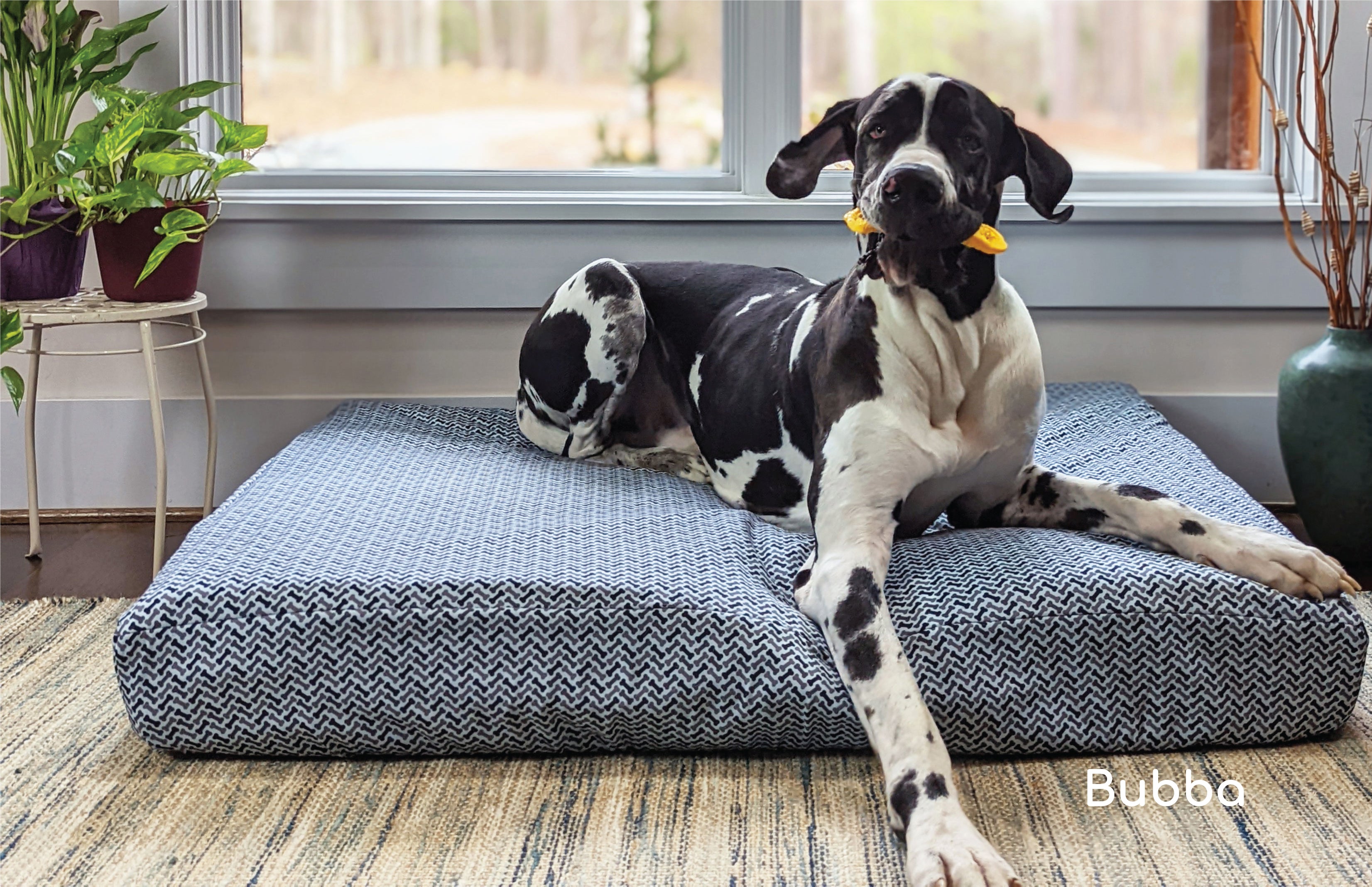
Reagan T. Our first customer
"I needed a bed for my sweet cat Tobias who has developed arthritis in his old age. My friend had bought a bed from BlueToby for her black Lab who is young and hyperactive. My friend loves shopping online and she is very picky. She was really impressed with how durable the bed is, and she loves that the outer cover is reversible and machine washable. I bought a size small bed and a cover in a beautiful warm rust color. Tobias loves his comfy new bed! He prefers the fleece side of the bed cover. I am a very happy cat dad."

Alex
"My pug, Snickers, loved his nap noodle from the moment we opened the cute package with notes and goodies for both of us included. He pulled it out of the box and gave it a good once over and quickly decided it would be a comfortable and cozy place to nap.But he also likes to play with it! And he drags it up and down our stairs so he can have it available to play with or rest on wherever we are. The fabric is very nice and soft and the velcro closure is nice and strong if we want it to remain in a circle. He loves to rest his head on it and chew on his treats. 5 stars from both of us!"
"

Amy F.
"I had the opportunity to visit the designer of these dog beds and see the materials in raw form prior to being turned into your fur babies bed! Outstanding quality and extreme attention to detail. Don't hold back. Order one right now and your pups will greatly appreciate it!"

Sharon
"Bodie loves lying on/with this pillow! He plays around with it until it's in just the right position for him to lie down and nap."

Jason






